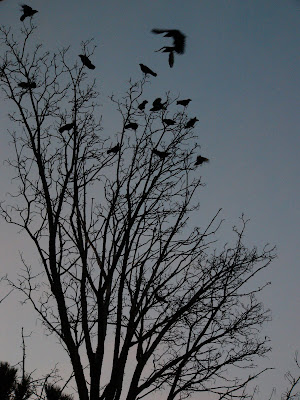Little bits along the way
In the Pacific Northwest, eating only seasonal foods is far easier to do during the growing season than the winter months. The winter months test my resolve. Luckily, we have access to lovely, fresh cooking greens nearly all winter, and it's easy to stock up during the fall on the typical winter root veggies and squash that store well, so no complaints there. Mostly, it's the lack of fruit that tests our eat-in-season commitment.
We eat Washington apples and pears. And more pears and apples. Out of desperation, we've expanded our notion of "local" to include California citrus and avocados. But it's the late winter/early spring that always finds us in search of a crisp apple or pear that isn't from New Zealand. I'm not proud to admit that we do succumb sometimes to the beautiful fruit that appears from Chile and Mexico in the grocery store midwinter and have been known to consume table grapes in January and the occasional pack of strawberries in March. But who can resist? Especially when there's a toddler in the house in need of finger foods.
I've started preserving more fruit and veggies in recent years in the hope of making it through those months without buying any out of season produce. Last year I made an effort to freeze more berries and lots of apple sauce. One year I also froze 20 containers of tomato sauce, which got us through the winter without buying many fresh tomatoes and gave us great sauce for numerous dishes we love.
Last year I tried my hand at pickling various vegetables with mixed results. (To those dear friends who received my medley of pickled veggies for the holidays . . . sorry about that. This year will be better, I promise!) I did manage to generate some outstanding bread and butter pickles, a few dills, and some chutneys to savor with our cheese plates and sandwiches. Tasty goodies in little jars definitely make a difference come midwinter.
Recently I picked up the book Canning for a New Generation: Bold, Fresh Flavors for the Modern Pantry by Liana Krissoff. Her book has totally inspired me. The book is divided into sections by season, offering recipes for preserving both fruits and veggies throughout the year. It's turning out to be a great aid to mapping out what I want to preserve and when. I've got plans for Indian carrot pickles, sour cherry preserves, watermelon rind pickles, and some new jams and fruit preserves to try.
My goal this year, I've decided, is to try to preserve more kinds of foods, in small batches, throughout the growing season. Starting with rhubarb and asparagus and ending with, well . . . whatever comes last.
I have already put up a batch of pickled asparagus (with the help and camaraderie of my friends Erin, Noah, and Kajsa) and made two quarts of chive blossom vinegar from the flowers in my garden.
Now I need to get some rhubarb stashed in the freezer or possibly made into jam before it's gone. And then, hopefully, it's on to strawberries . . .










Comments
Post a Comment
Thanks for taking time to leave a note.